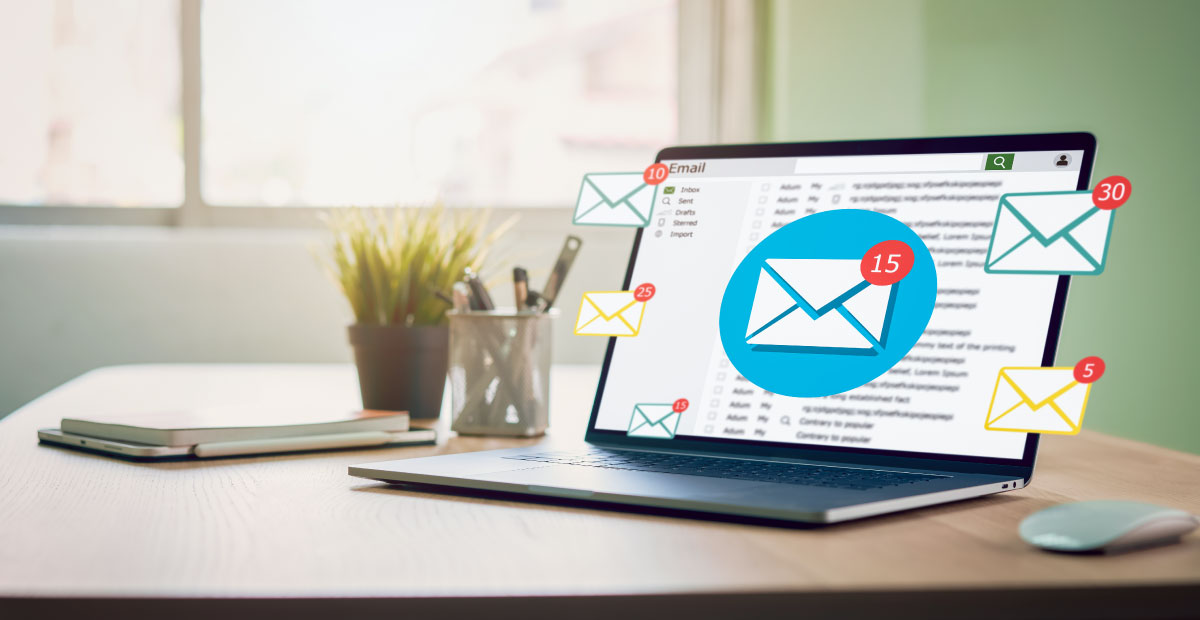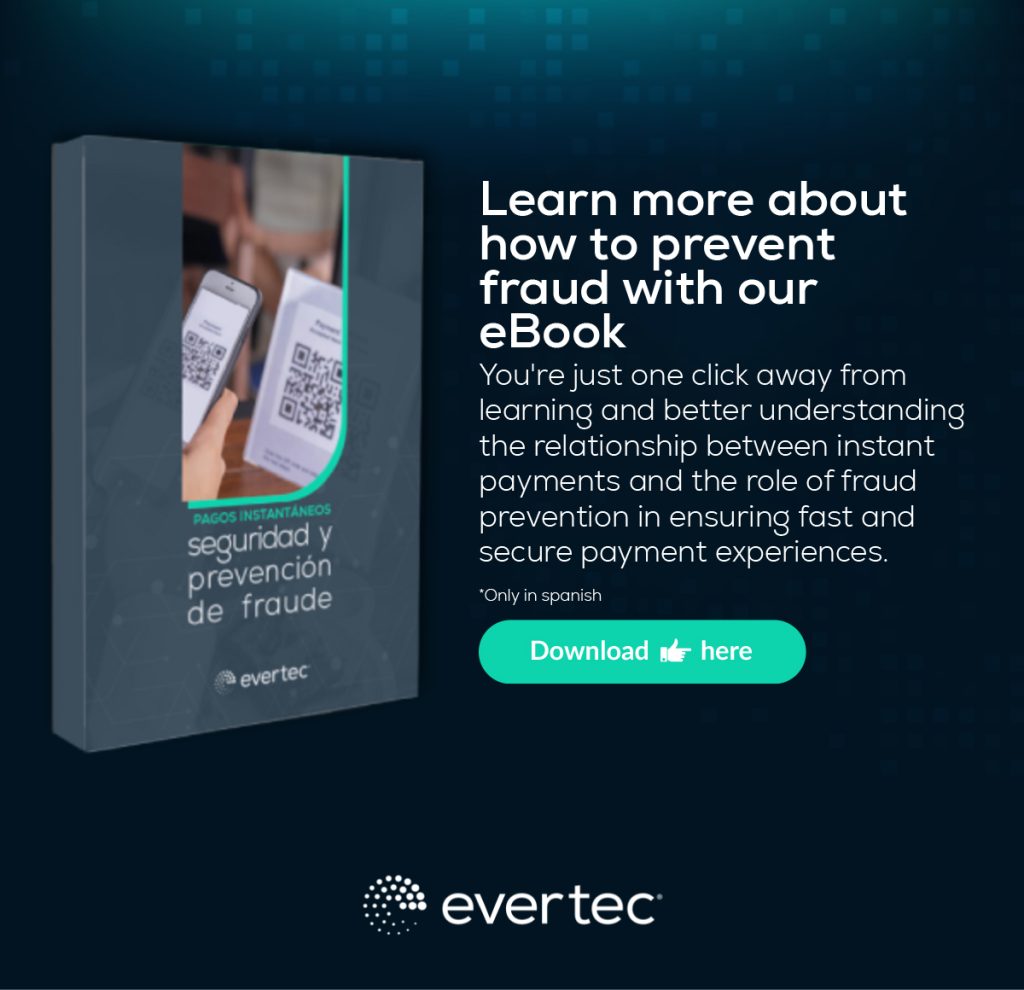These changes reflect a joint effort by the two technology giants to improve the security, authenticity and relevance of emails. In this blog, and in the attached video, we guide you through the essential steps to ensure your emails reach your subscribers’ inboxes and aren’t flagged as spam.
What changes are coming?
Below, we detail how these changes will affect senders and what steps they should take to adapt.
- Strong Email Authentication: Both Google and Yahoo will require stronger email authentication. Shippers will need to implement industry standards such as SPF, DKIM, and DMARC. This measure seeks to ensure that emails come from legitimate and verifiable sources, thus closing loopholes that attackers could exploit.
- Facilitating One-Click Unsubscription: Both platforms will require bulk senders to make the unsubscribe process easier for users, allowing them to unsubscribe from commercial emails with a single click. Additionally, unsubscription requests must be processed within two days. This measure aims to improve the user experience and reduce the amount of spam.
- Sending Spam Emails and Spam Control: Google and Yahoo will impose clear thresholds for spam rates that senders must respect. These limits seek to ensure that users are not bombarded with unwanted messages. This industry-first approach aims to significantly reduce the amount of spam in users’ inboxes.
These changes mark a step forward towards a more secure email environment and a better user experience. For mass senders, it is crucial to adapt to these new regulations to ensure the effectiveness of their email marketing strategies and maintain a good sender reputation.
Because it is urgent for companies to prepare
In the changing world of digital marketing, adapting to the new regulations of Google and Yahoo is not just a recommendation, but an urgent need for companies, especially those that rely heavily on email as a communication channel. If they do not adapt to these changes, they will face significant consequences that can drastically impact their ability to communicate with their customers.
If the necessary adjustments are not made, your emails could be blocked and not even reach the recipients’ spam folder. For example, if your email list includes 58% Gmail domains and 1% Yahoo domains, you would be at risk of losing almost 60% of your audience if you don’t implement the necessary requirements. The impact of not adapting could translate into the inability to reach the majority of addresses in your database, which would mean a substantial decrease in the effectiveness of your email marketing campaigns.
The issue of email deliverability is critical for e-commerce. Not following the rules set by Google and Yahoo means that your messages will no longer reach your subscribers. Your efforts and emails could be lost, without reaching your customers’ ears. It is essential to take this issue seriously to avoid losing email contact with your customers. Businesses have a lot at stake and cannot afford to ignore these impending changes. Preparing and adapting to these new regulations is not only a measure to ensure the continuity of effective communication with customers, but also a crucial strategy to maintain relevance in a constantly evolving digital landscape.
"Firstly, because if email is one of their communication channels with their customers, they are at risk of not communicating effectively with them. And secondly, because in times like this, companies have the social responsibility of being on the side correct and protect consumers and their personal data, which are currently at latent risk due to the growth of digital fraud.", told us:
Humberto Amador Pineda, email marketing expert and Co-founder of Escalable Mx
Key steps to adapt
Do not use Gmail or Yahoo addresses to send
It’s crucial not to use Gmail or Yahoo email addresses as the “from” address in your emails. If you currently use @gmail.com or @yahoo.com in the “from” address of your emails, you must change it to a website domain that you own. To meet these requirements, you need an email address that includes your own site’s domain name.
If you are a brand in its infancy and do not yet have your own domain, it is advisable to invest in one before February 1, 2024. You can purchase your own domain at any domain registrar. This step is essential to completing the other requirements on the checklist.
Set up a branded shipping domain
Branded sending domains, also known as dedicated sending domains, significantly improve control over sender reputation. In addition, they strengthen the brand identity in the “from” address of the emails, eliminating the need to include the mention “sent via klaviyomail.com” in the inbox.
These domains are a best practice for better deliverability and are a requirement for bulk senders who regularly send emails to Google and Yahoo recipients starting in February. Once your branded shipping domain is activated, it’s important to gradually warm up your shipping infrastructure over the next 2-4 weeks.
DMARC implementation
DMARC authentication is a protocol policy that servers use to ensure that emails come from a legitimate sender. Brands implement DMARC policies to protect their domain email addresses from unauthorized use. To configure DMARC, it must be done at the DNS provider, such as GoDaddy or Cloudflare.
If you do not have a DMARC policy, you must configure it on your root domain with certain specific parameters. It is important to include a “rua” tag with a valid email address to receive DMARC reports. This setting is only required on your root domain, not the subdomains used for shipping. Google: Add a DMARC record
Keep spam complaints low
Keeping a spam complaint rate below 0.3% and ideally below 0.1% is crucial to prevent your emails from being filtered into customers’ spam folders. The complaint rate is calculated as the number of emails marked as spam by customers divided by the total number of emails that actually arrive in the inbox. It is a key indicator to measure the acceptance and relevance of your emails among your subscribers.
Importance of Adaptation
Adapting to these changes is not only necessary to comply with the new rules, but it also represents an opportunity to review and improve your email marketing practices. Implementing these strategies will not only help you avoid spam filters, but will also strengthen your subscribers’ trust in your brand.
Article taken from ED DIGITAL
Source: Adapt your Email Marketing Strategy for 2024: New Rules of Go – ED Digital (ed-digital.com)
This article may contain links to other websites that are not under our control. We are not responsible for these sites and do not endorse them. You are responsible for reviewing the terms and conditions and the privacy policy of any other website you visit. We are committed to providing you with quality online services. If you find information you deem inaccurate in this article or if you have concerns about a link to a third-party website, please contact us or send us an email. All opinions, advice, statements, services, offers, or other information or content expressed or displayed by third parties (including information providers) in the article belong to their respective authors or distributors and not to us. Banco Popular de Puerto Rico nor Evertec Group, LLC Merchant Acquiring Solutions, nor our agents, nor any third-party information providers guarantee the content’s accuracy, correctness, or usefulness for marketing purposes or its fitness for a specific purpose. We do not endorse and are not responsible for the accuracy or reliability of any opinion, advice, or statement made regarding our services or published in this article, by any person other than our corporate spokespersons acting in their official capacities.


